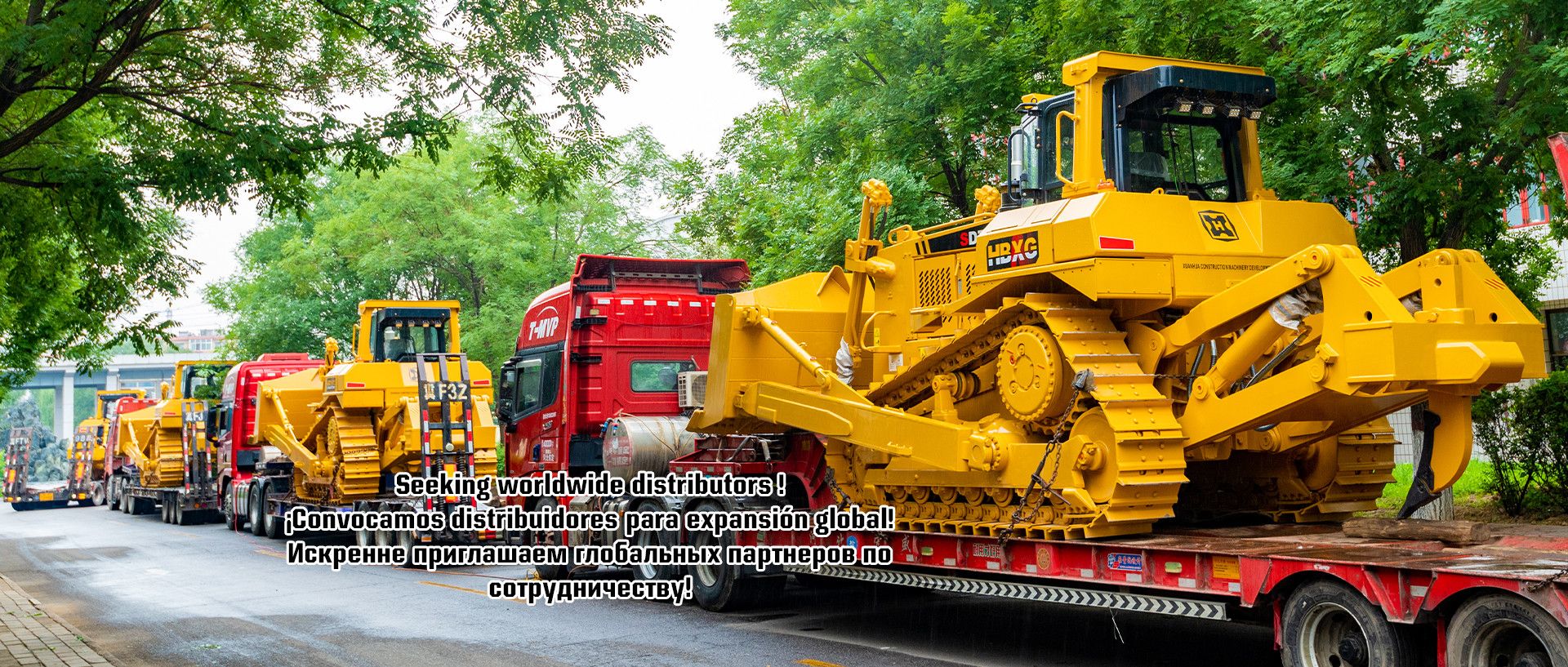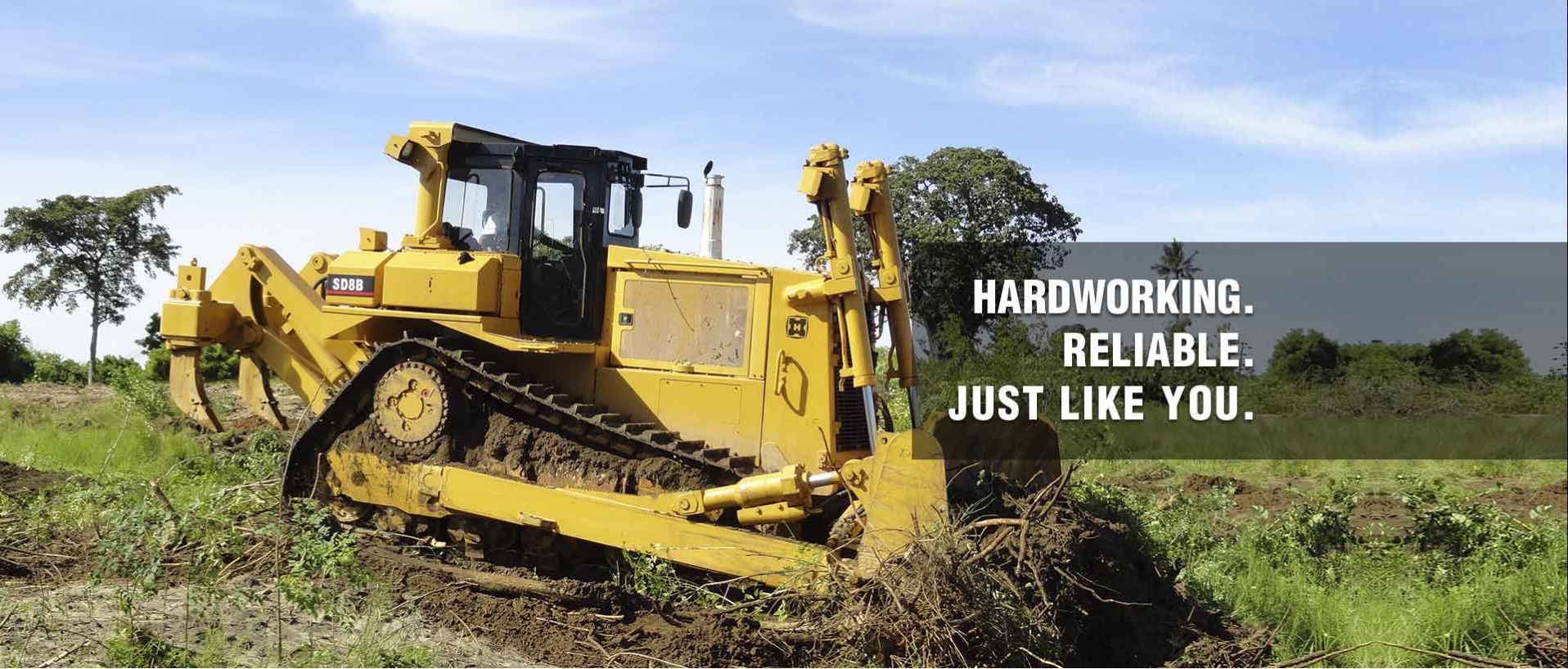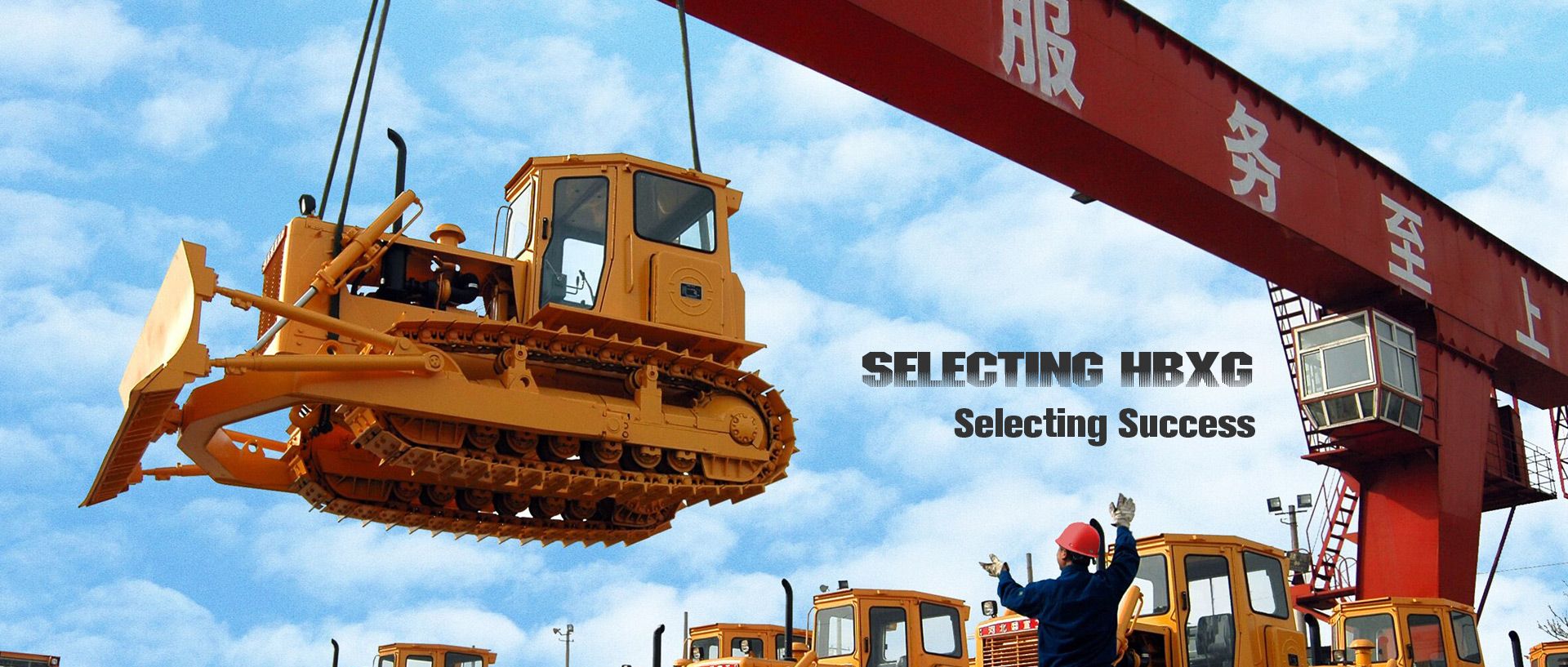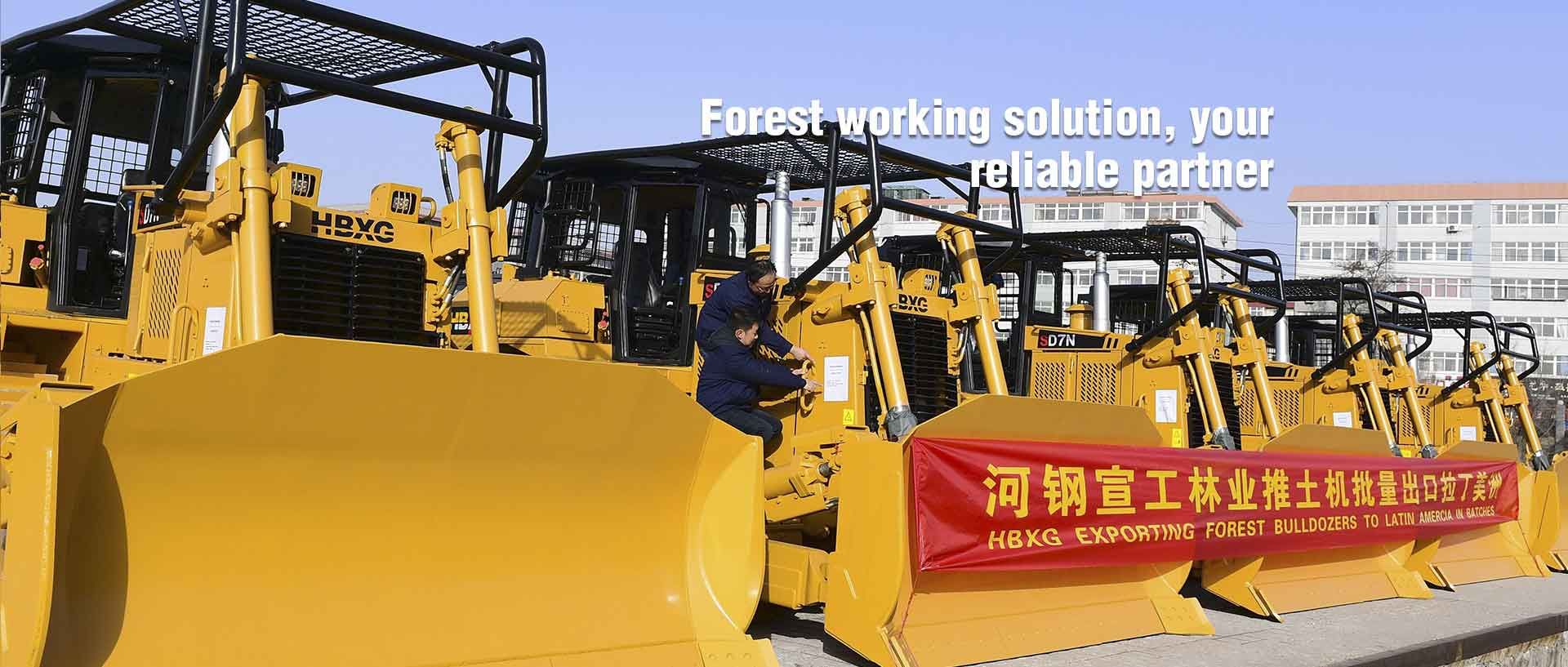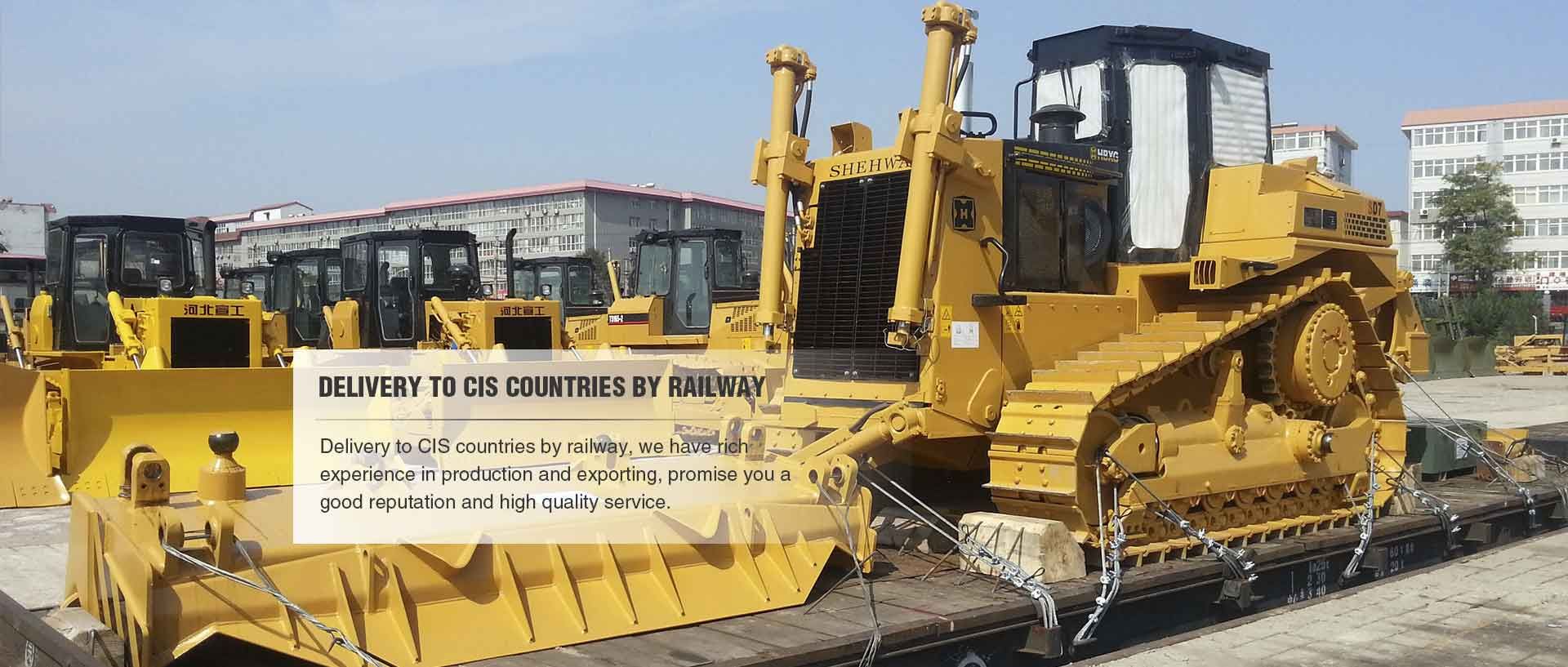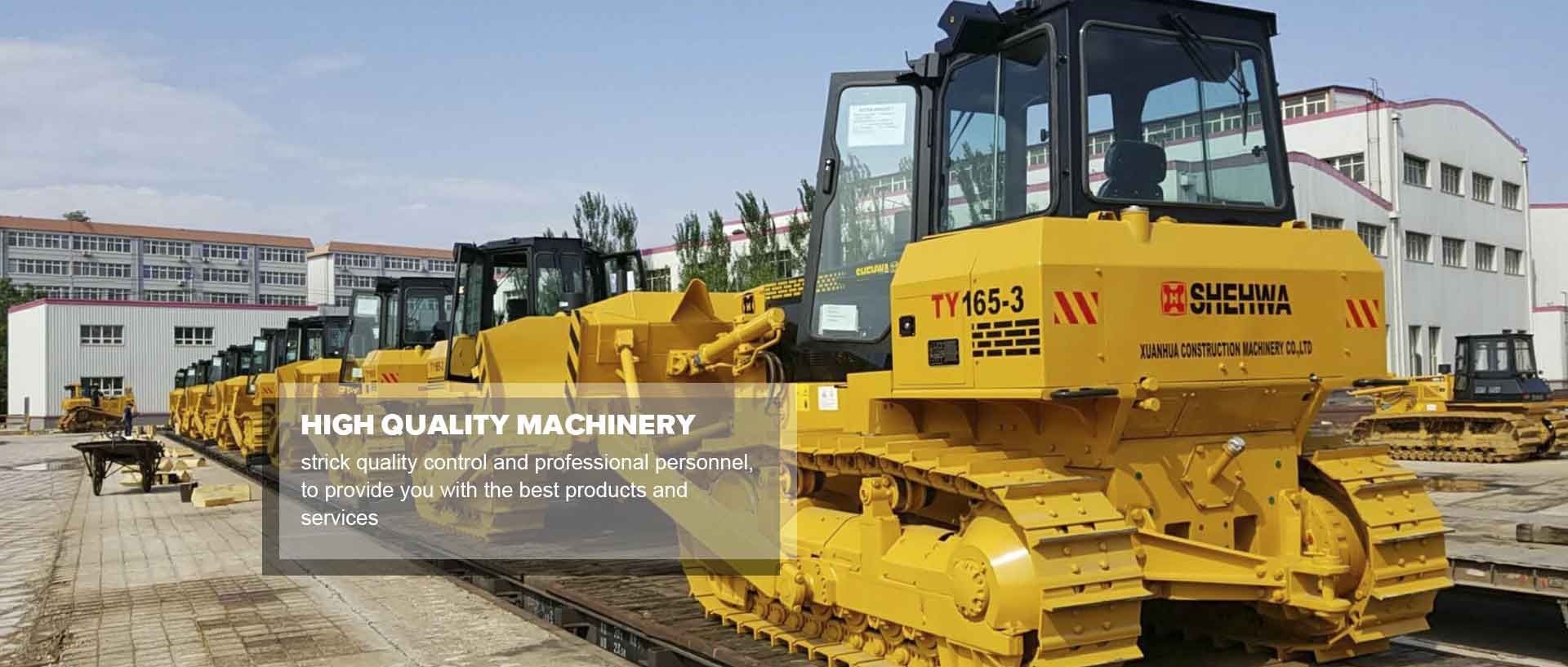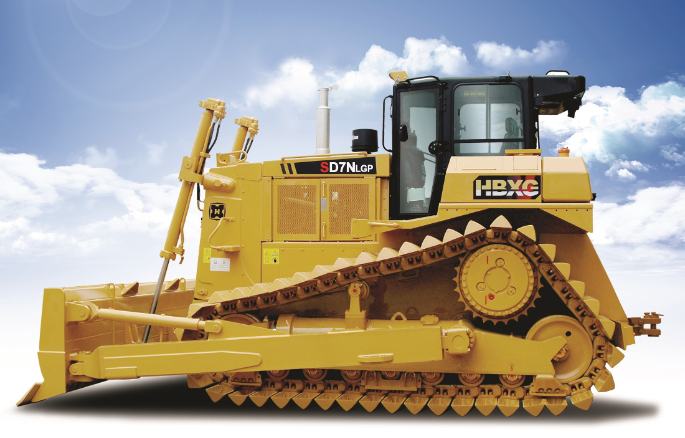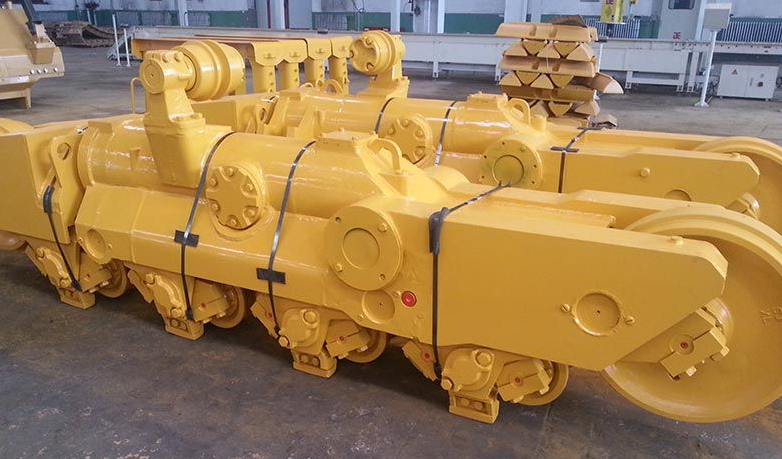What Are the Parts of a Bulldozer?
 Sep. 22, 2023
Sep. 22, 2023
Bulldozers are powerful heavy equipment machines commonly used in construction and excavation projects.They play a crucial role in pushing, digging, and leveling various types of materials and terrains. Understanding the different parts of a bulldozer is essential for both operators and those interested in the construction industry. In this article, we will explore the key components of a bulldozer and their functions to provide you with a comprehensive overview of this versatile machine.
1. Blade
The blade of a bulldozer is perhaps its most recognizable feature. It is a large, flat, and heavy metal plate attached to the front of the machine. The primary purpose of the blade is to push, lift, and move materials such as soil, gravel, or debris. Operators can adjust the angle and height of the blade to control the depth and direction of the cut or fill, making it a versatile tool for various tasks.
2. Tracks
Bulldozers typically have tracks instead of wheels, which provide excellent stability and weight distribution. These tracks consist of a series of interconnected metal plates and are responsible for the bulldozer's mobility. They allow the machine to move across rough and uneven terrain with ease, ensuring it can maintain traction and stability while performing tasks.
3. Ripper
The ripper is an optional attachment located on the rear of some bulldozers. It consists of a single or multiple shanks with pointed tips. The ripper's purpose is to break up compacted soil, rocks, or pavement before the bulldozer's blade comes into play. This attachment is especially useful for excavation and preparing the ground for construction or landscaping.
4. Cab
The operator's cab is where the bulldozer's operator sits. It is equipped with a comfortable seat, controls, and a protective structure to shield the operator from external elements and hazards. The cab provides the operator with a clear view of the working area and ensures their safety while operating the machine.
5. Engine
The engine is the powerhouse of a bulldozer. It provides the necessary energy to operate all the machine's functions, including the movement of tracks and the blade. Bulldozers typically use diesel engines due to their durability and ability to handle heavy loads for extended periods.
6. Hydraulic System
The hydraulic system in a bulldozer is responsible for powering the blade's movements, as well as other attachments like the ripper. It uses hydraulic fluid to generate pressure, which is then transferred to various components to control their functions. This system ensures precise and responsive control over the bulldozer's operations.
7. Counterweight
To maintain stability and prevent tipping during heavy lifting or digging, bulldozers are equipped with counterweights. These weights are strategically placed on the machine to balance its weight distribution. They play a crucial role in ensuring safe and efficient bulldozer operations.
8. Undercarriage
The undercarriage of a bulldozer includes the tracks, rollers, and other components that support and guide the tracks' movement. Proper maintenance of the undercarriage is essential to ensure the bulldozer's longevity and optimal performance.
9. Fuel and Hydraulic Tanks
Most bulldozers have dedicated tanks for fuel and hydraulic fluid. These tanks are designed to hold sufficient amounts of fuel and hydraulic fluid to keep the machine running smoothly throughout the workday. Regularly checking and refilling these tanks is crucial for uninterrupted operation.
10. Exhaust System
The exhaust system in a bulldozer is responsible for expelling the engine's exhaust gases safely away from the operator and the working area. It typically includes a muffler and a stack to release the emissions into the atmosphere safely.
Questions and Answers
Q1: How do bulldozer tracks work?
A1: Bulldozer tracks function by distributing the machine's weight over a larger surface area, reducing ground pressure and preventing it from sinking into soft terrain.
Q2: What is the purpose of the ripper on a bulldozer?
A2: The ripper attachment is used to break up tough materials like compacted soil, rocks, or asphalt before the bulldozer's blade can efficiently move or remove them.
Q3: Why is the operator's cab important?
A3: The operator's cab provides a safe and comfortable environment for the bulldozer operator while offering visibility and control over the machine's operations.
Conclusion
Understanding the various parts of a bulldozer and their functions is crucial for anyone involved in the construction or excavation industry. Whether you're an operator looking to maximize your machine's capabilities or simply curious about these powerful pieces of equipment, knowing how bulldozers work can help you appreciate their versatility and importance in various construction projects.
Regular maintenance and proper operation of a bulldozer's components are essential for safety, efficiency, and the machine's overall longevity. By mastering the fundamentals of bulldozer parts and their roles, you can make informed decisions and contribute to successful construction endeavors.
For more information about bulldozers or specific questions related to their parts and operation, feel free to reach out to industry experts or bulldozer equipment manufacturers who can provide valuable insights and guidance.















